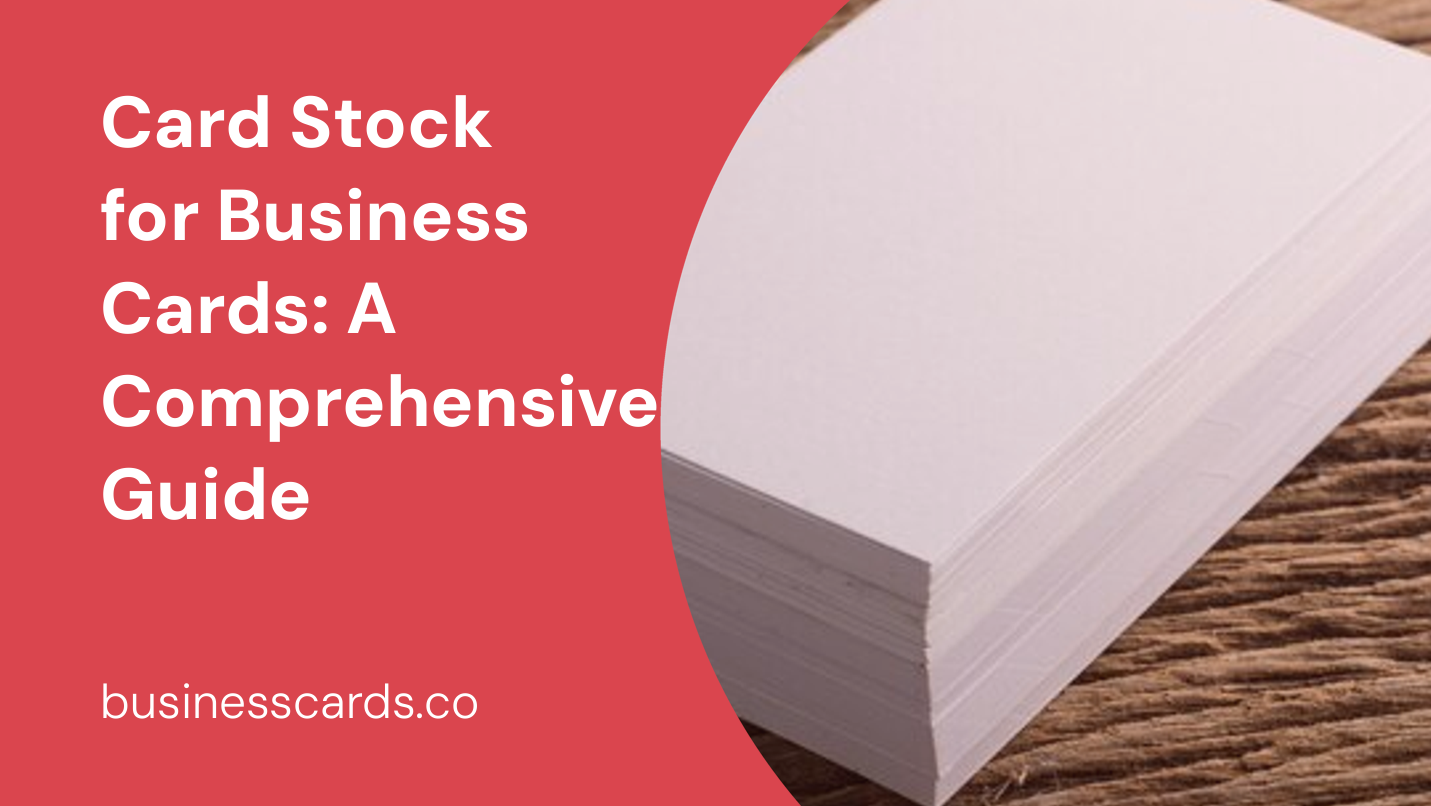
If you are a business owner or professional looking to create impactful and memorable business cards, one crucial factor to consider is the type of card stock you use. The quality of the card stock can significantly impact the overall look and feel of your business cards, making them more durable and visually appealing. In this article, we will delve into the world of card stock for business cards, exploring its different types, thicknesses, finishes, and printing options. By the end, you’ll have a clear understanding of the best card stock for your unique business needs.
Why Card Stock Matters for Business Cards?
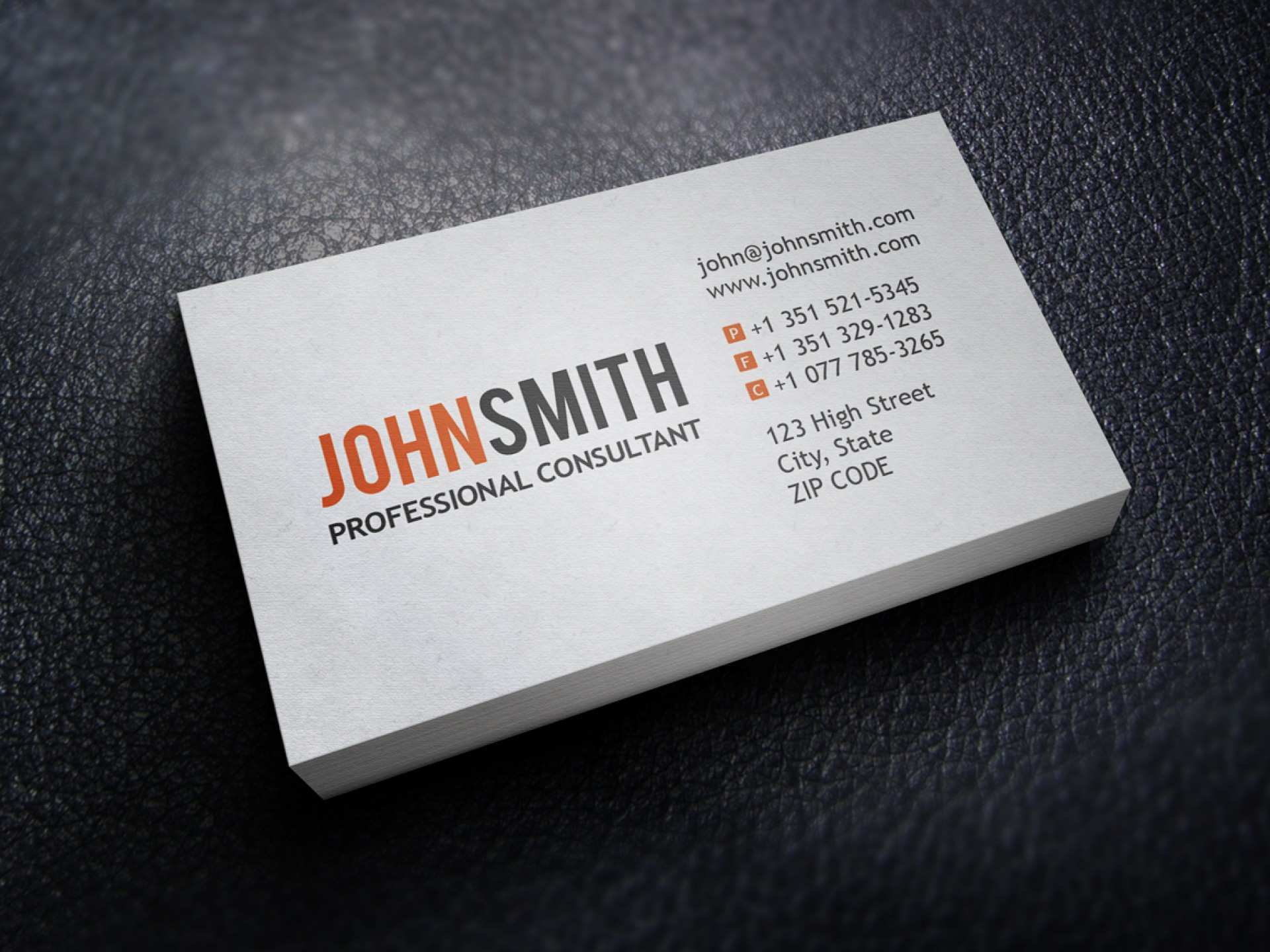
Before we dive into the different types of card stock available for business cards, let’s first understand why the choice of card stock truly matters. Your business card is often one of the first impressions a potential client or customer will have of your brand. It is a tangible representation of your business and can reflect its professionalism, quality, and attention to detail.
Card stock affects three primary aspects of your business cards:
- Durability: The choice of card stock can determine how long your business card will last. Using a sturdy and resilient card stock can prevent your cards from tearing, bending, or getting damaged easily.
- Professional Appearance: Premium card stock can enhance the overall look and feel of your business cards, making them appear professional and authoritative. A flimsy and lightweight card stock can give the impression of cheapness and lack of quality.
- Print Quality: Different card stocks have different properties, such as smoothness and ink absorption, which can affect the clarity and vibrancy of your printed design. Choosing the right card stock can optimize the printing process and ensure that your business cards look visually appealing.
Types of Card Stock for Business Cards
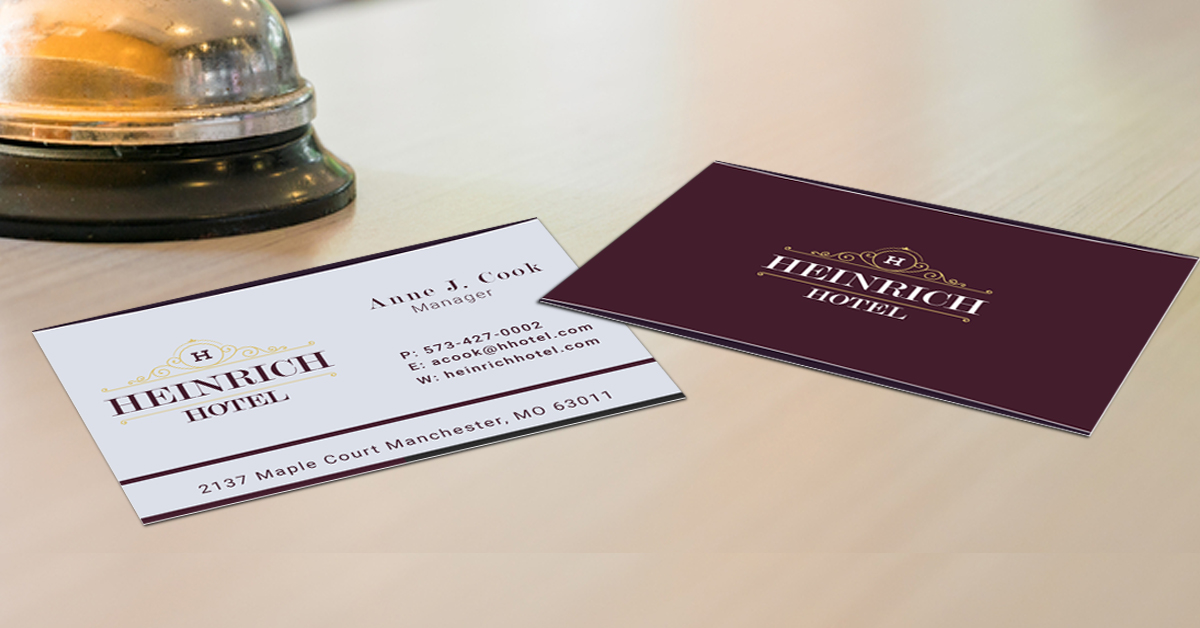
When it comes to card stock for business cards, there are several types to choose from. Each type has unique characteristics that can cater to different preferences and requirements. Let’s explore the most common types of card stock:
- Uncoated Card Stock: Uncoated card stock is widely used for its natural and textured feel. It is excellent for those who want a classic and elegant look for their business cards. The ink is absorbed into the cardstock, which results in a more subdued and matte appearance. Uncoated card stock is suitable for designs that rely on minimalism and simplicity.
- Coated Card Stock: Coated card stock has a smooth and glossy finish. It is commonly used for vibrant and colorful designs, as the coating allows the ink to sit on top of the surface, resulting in a more vivid and glossy appearance. However, it is worth noting that coated card stock can be more prone to fingerprints and scratches.
- Recycled Card Stock: As sustainability becomes a more significant concern for businesses, many are opting for recycled card stock for their business cards. Recycled card stock is made from post-consumer waste, such as paper and cardboard. It offers an eco-friendly option for those who want to reduce their environmental impact without compromising on the quality of their business cards.
- Textured Card Stock: Textured card stock adds an extra dimension to your business cards. It can have various finishes, such as linen, felt, or canvas, providing a unique tactile experience. Textured card stock adds a sense of luxury and sophistication and is ideal for businesses looking to make a memorable impression.
Card Stock Thickness for Business Cards
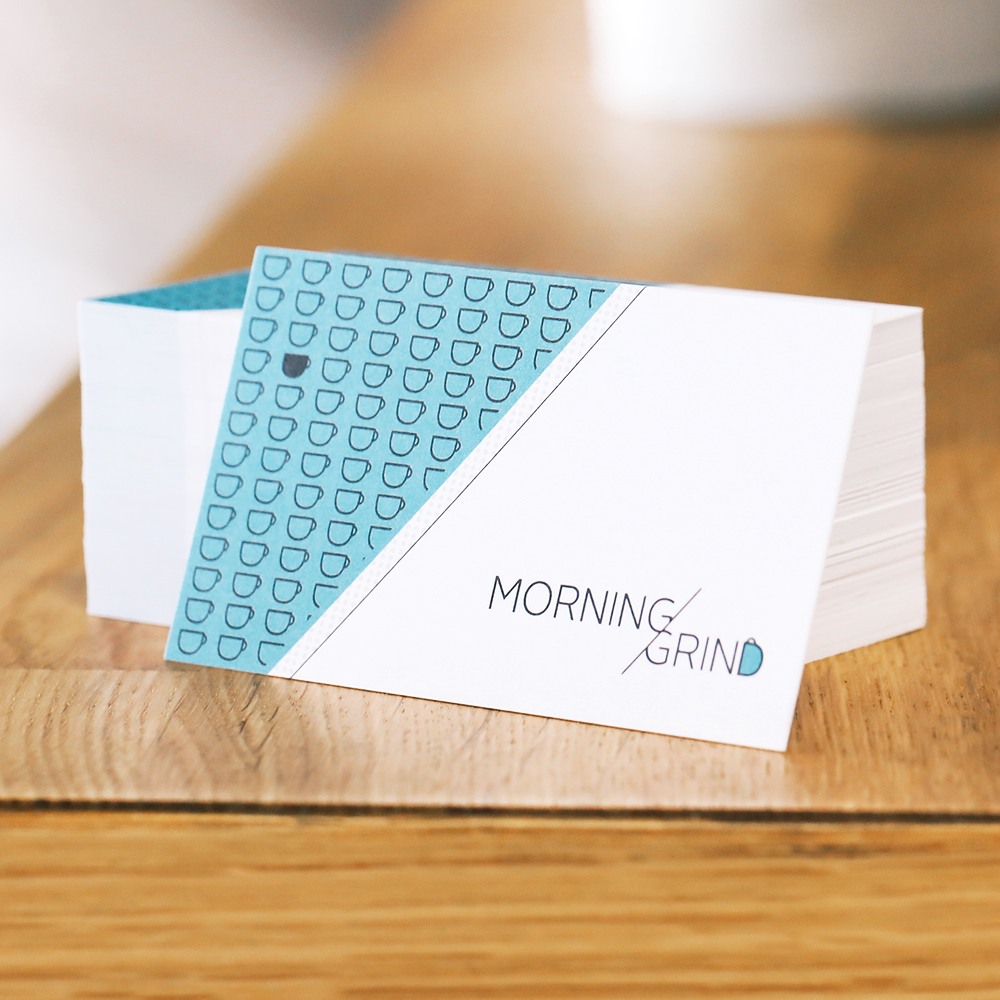
The thickness of the card stock, often measured in points or millimeters, is another critical factor to consider when choosing the right card stock for your business cards. The thickness can contribute to the durability and perceived quality of your cards. Here are some commonly used thicknesses for business cards:
- 12pt / 300gsm: This is the standard thickness used for most business cards. It strikes a balance between durability and flexibility, offering a solid feel without being too rigid.
- 14pt / 350gsm: Slightly thicker than the standard, 14pt card stock adds a touch of luxury and durability to your business cards. It is a popular choice for businesses looking to make a statement with their cards.
- 16pt / 400gsm: If you want your business cards to exude a premium and high-end feel, 16pt card stock is an excellent option. It is significantly thicker and sturdier, conveying a sense of quality and substance.
- 18pt+ / 450gsm+: Thick card stocks like 18pt or higher are reserved for those who want the utmost durability and heft in their business cards. These are commonly used for luxury brands, special occasions, or as promotional materials that need to make a lasting impression.
Card Stock Finishes for Business Cards
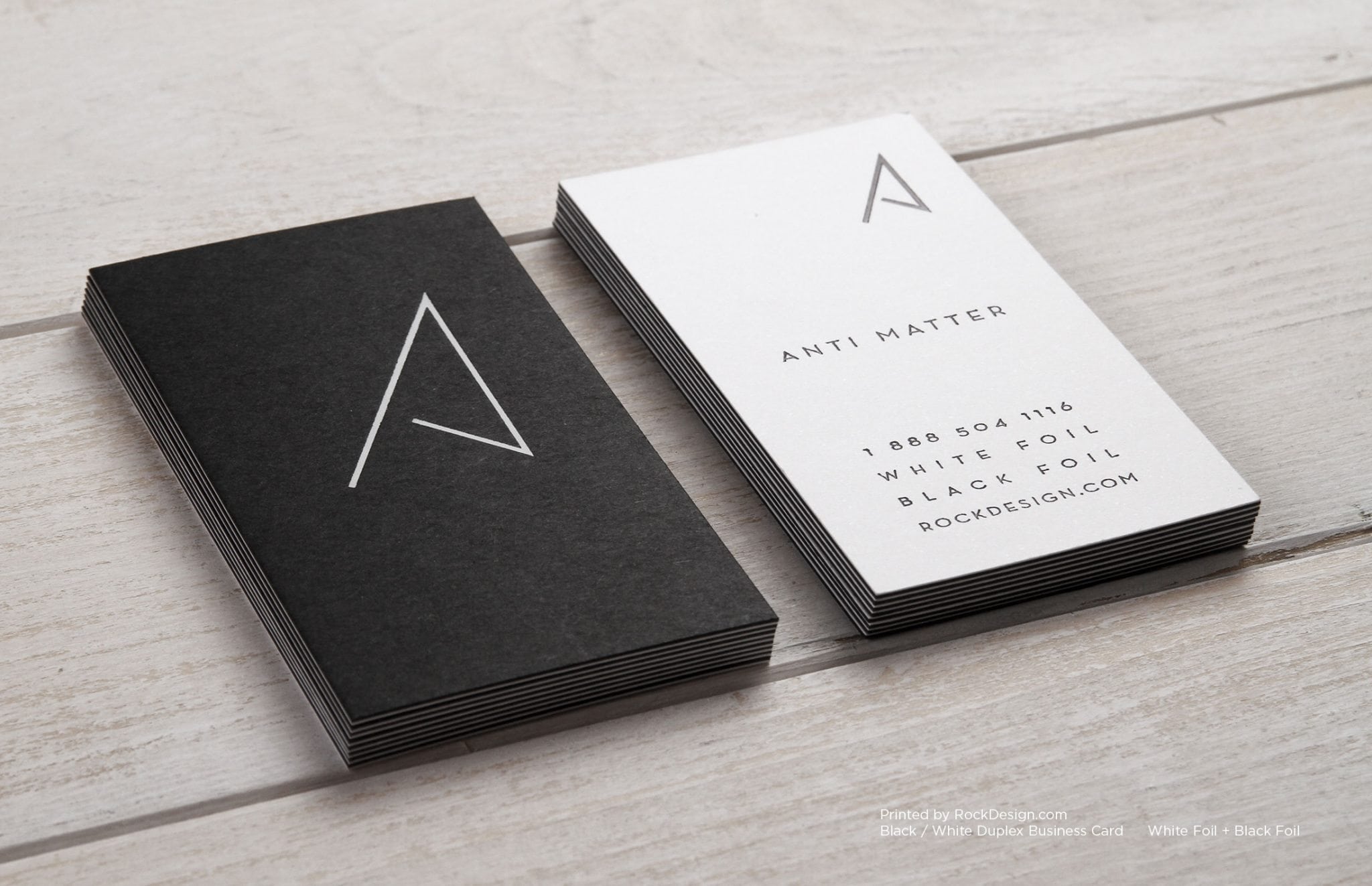
In addition to the type and thickness of the card stock, the finish is another aspect that can enhance the overall appeal of your business cards. Different finishes offer various visual effects and tactile experiences. Here are some popular finishes for business cards:
- Matte Finish: A matte finish has a subtle, non-reflective surface, giving your business cards a sophisticated and understated look. It is excellent for designs with minimal colors and text.
- Glossy Finish: A glossy finish adds vibrancy and shine to your business cards. It is perfect for designs with bold colors and graphics, as it makes them pop. However, keep in mind that glossy finishes can be prone to fingerprints and scratches.
- Spot UV Finish: Spot UV finish combines matte and glossy elements, creating a contrasting effect on specific areas of your business cards. This finish allows you to add a glossy coating to certain design elements, such as logos or text, making them stand out.
- Embossed Finish: Embossed finish adds a raised texture to your business cards by pressing the card stock to create a three-dimensional effect. It lends a tactile appeal and can be used to highlight and add depth to specific design elements.
Printing Options for Card Stock Business Cards
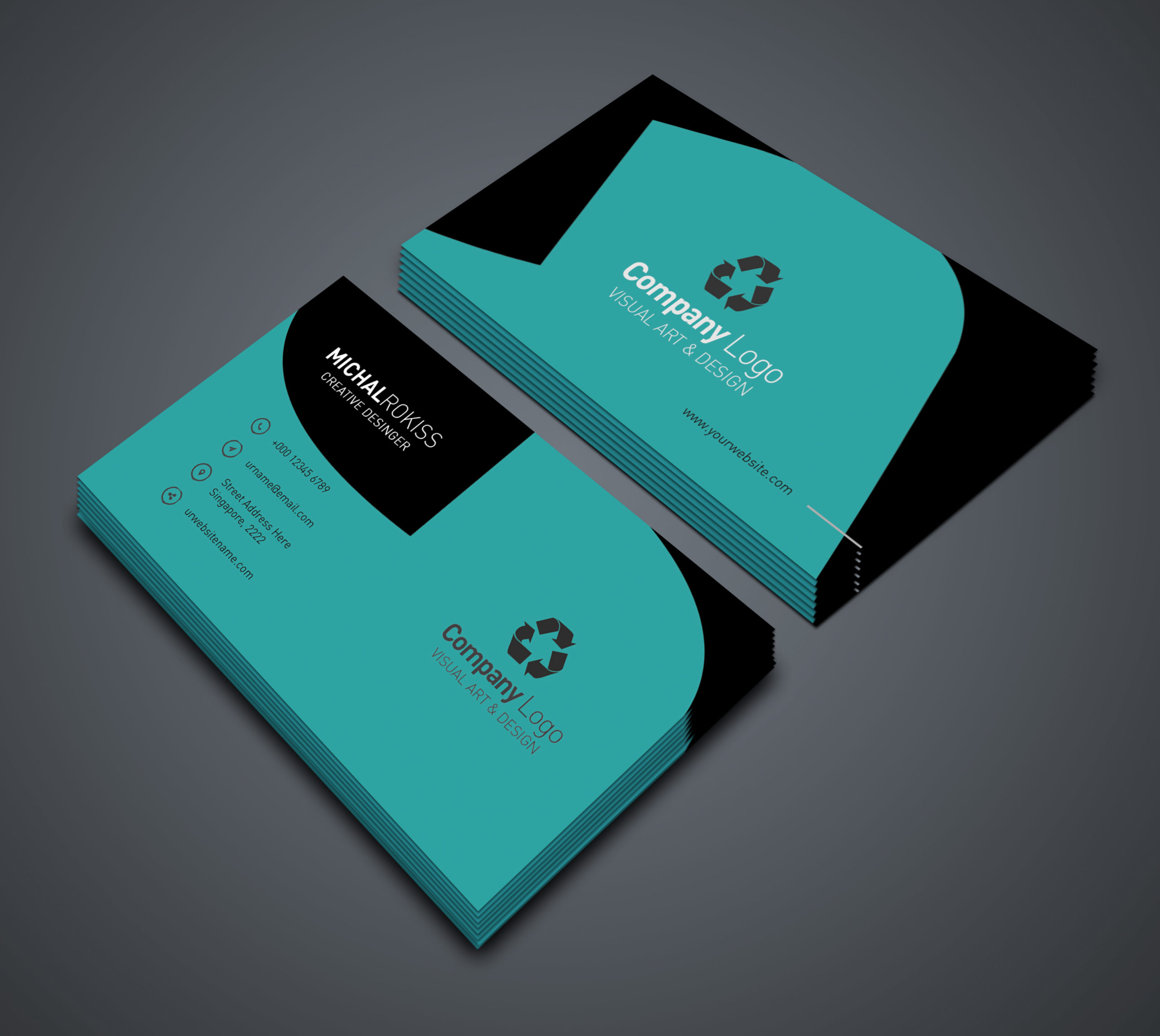
Once you have chosen the right type, thickness, and finish for your card stock, it’s time to explore the different printing options available. The printing technique can further enhance the overall appearance of your business cards, ensuring that your design is accurately reproduced. Here are the most common printing options for card stock business cards:
- Digital Printing: Digital printing is a cost-effective and efficient printing method suitable for small print runs. It provides excellent color accuracy and can accommodate intricate designs. However, it may not have the same level of vibrancy and sharpness as some other printing techniques.
- Offset Printing: Offset printing is ideal for larger print runs and offers superior color reproduction and print quality. It utilizes plates and ink to transfer the design onto the card stock, resulting in sharp, vibrant, and consistent prints. Offset printing is the preferred choice when color accuracy and consistency are crucial.
- Letterpress Printing: Letterpress printing is a traditional printing technique that creates a debossed effect on the card stock. It involves pressing inked plates onto the surface, leaving an impression. Letterpress printing adds a touch of elegance and uniqueness to your business cards, making them stand out.
- Foil Stamping: Foil stamping uses heat and metallic foil to add a reflective and eye-catching element to your business cards. It is often used to highlight specific design details or create a luxurious and premium look. Foil stamping can be combined with other printing techniques to create stunning effects.
Conclusion
Choosing the right card stock for your business cards is a crucial decision that can significantly impact their overall quality and perceived value. The type, thickness, finish, and printing options all play a role in creating business cards that capture attention and leave a lasting impression. Whether you opt for uncoated, coated, recycled, or textured card stock, ensure that it aligns with your brand image and goals. By carefully selecting the appropriate card stock, you can elevate your business cards to a new level, effectively representing your brand and establishing a positive and professional first impression.
Sophia is a branding expert who intertwines style and substance in her writing. Her marketing background and love for fashion contribute to her unique take on business card design. When not writing, Sophia explores her creative side through painting and DIY projects.